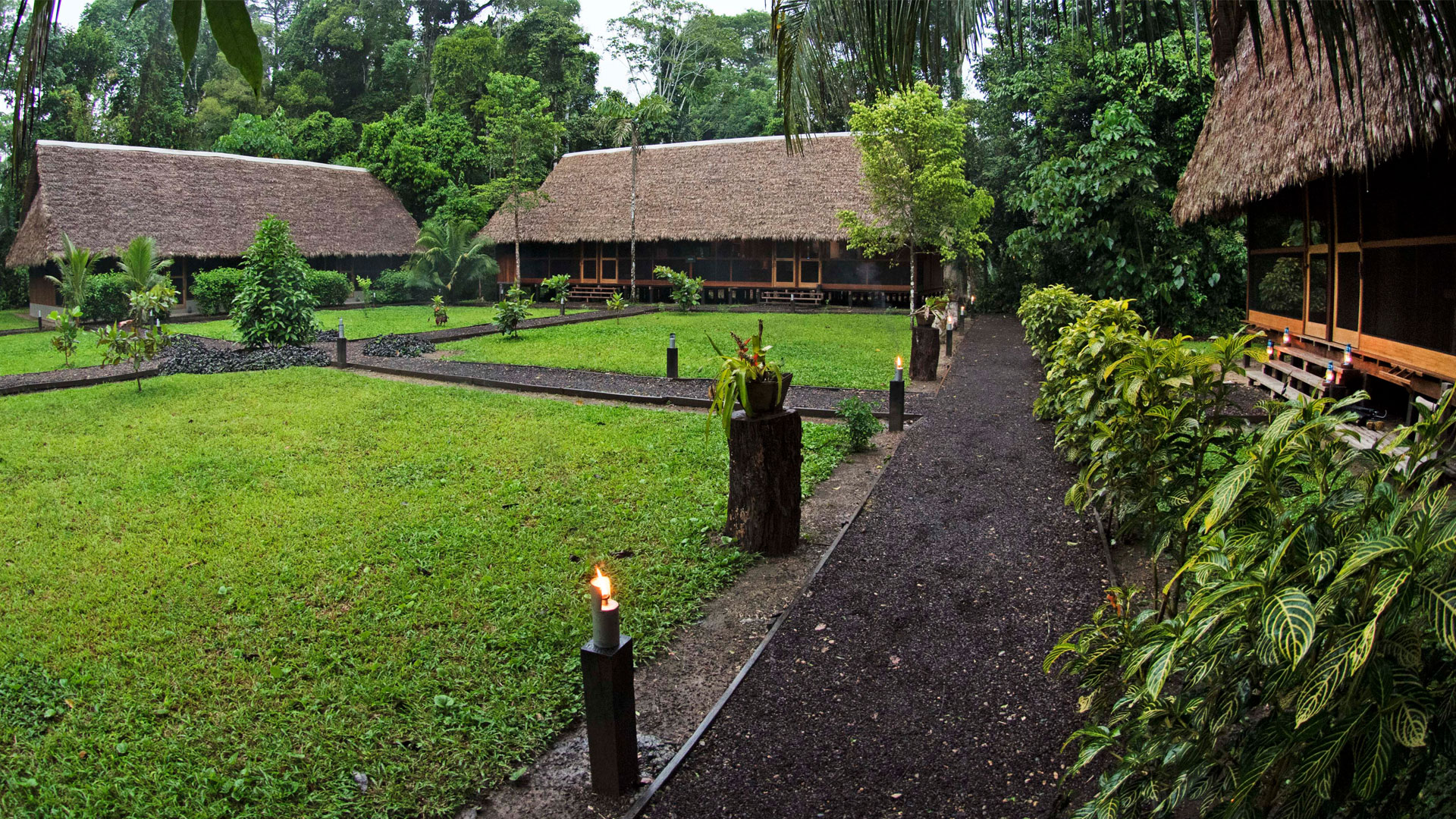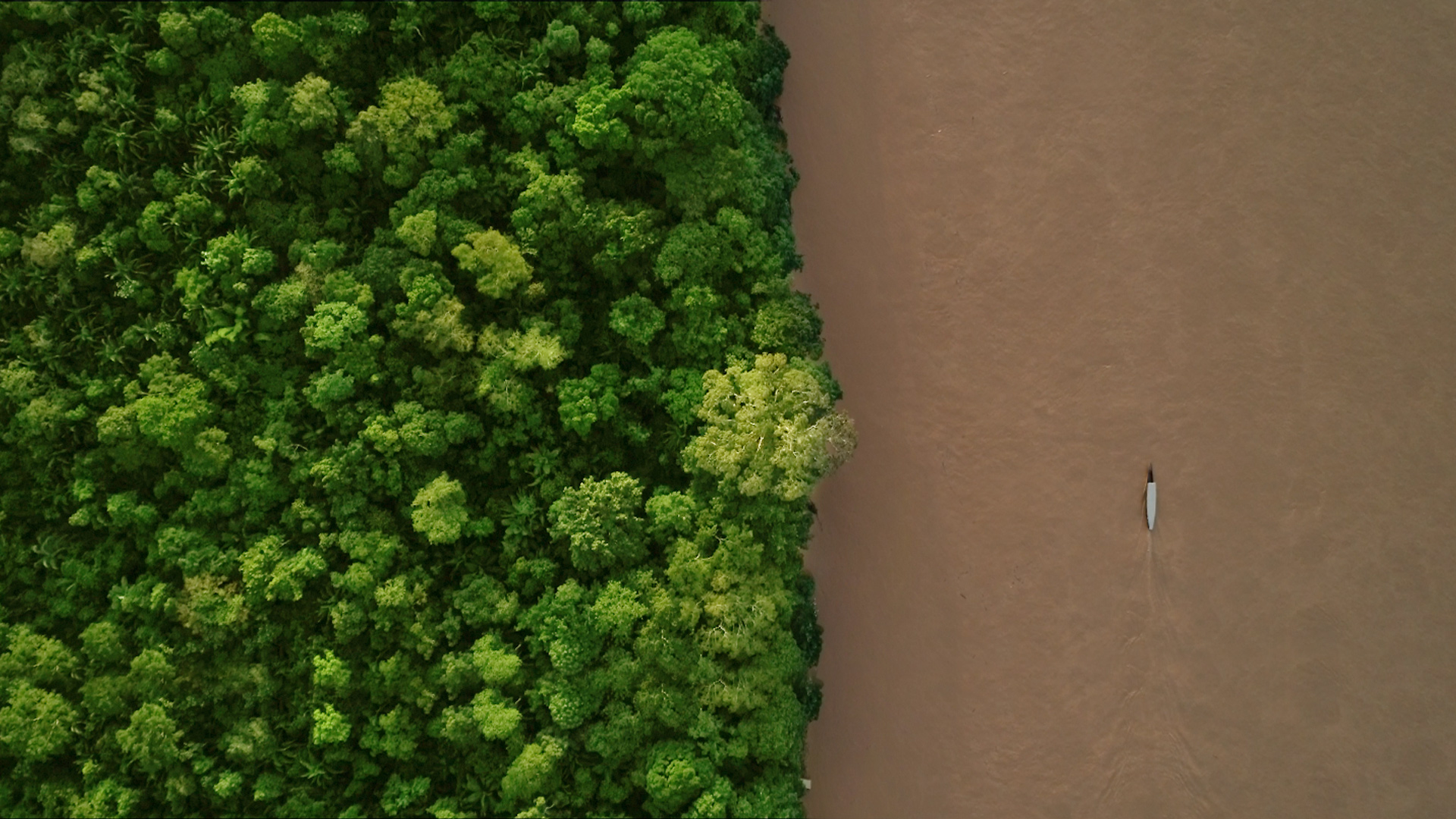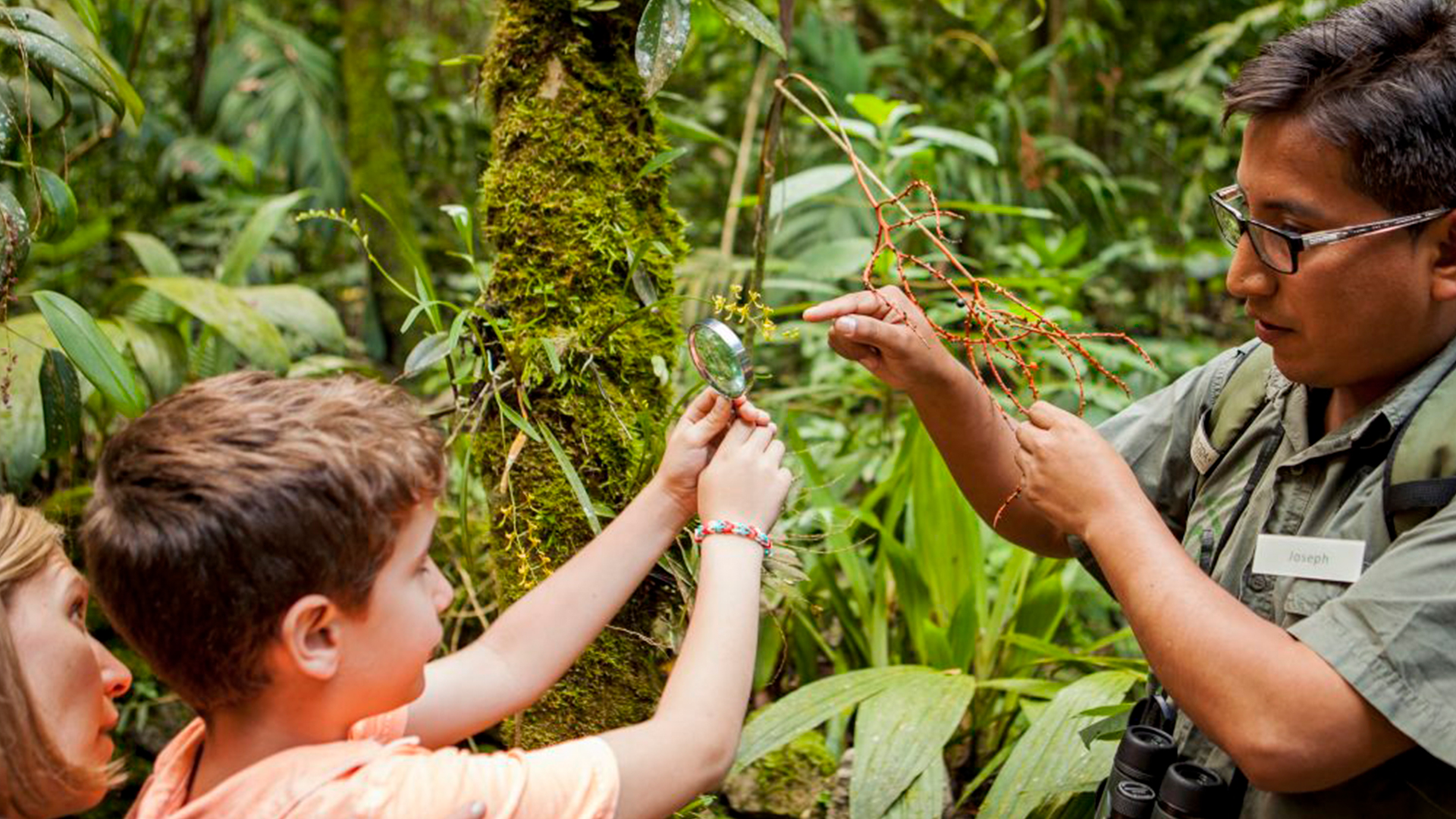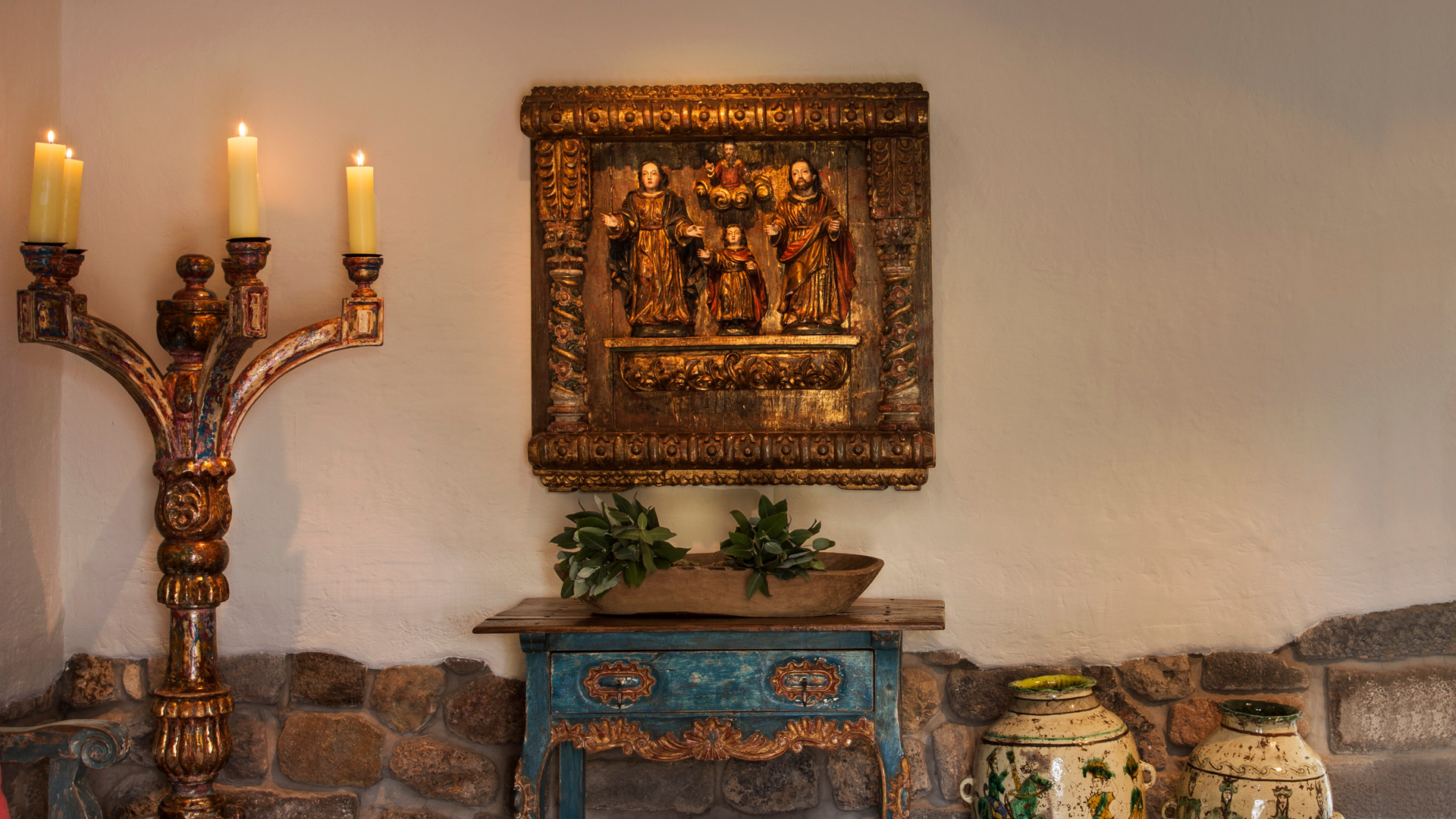Deep in the heart of the Amazon Rainforest of South Eastern Peru and in front of the beautiful Tambopata National Reserve, one of the last easily accessible virgin tropical rainforests in the world, offering a wealth of biodiversity as well as breathtaking natural landscapes, ideal for visitors to explore, you can find Inkaterra Guides Field Station, home to nature lovers, researchers, students, volunteers and eco-conscious travellers wishing to explore and learn about this exuberant region.
At Inkaterra Guides Field Station there are an array of activities and excursions to enjoy such as a visit to NGO, Inkaterra Asociación (ITA)´s Model Farm. During this trip, you can take a 20-minute boat ride along the Madre de Dios river to the Gamitana Model Farm where you can experience the many scents and flavours of the native fruits available during the season like starfruit, papaya, rough lemon, and many more.
You can also take in the unique views of the Amazon Rainforest from the nearby Inkaterra Canopy Walkway. The 1129ft (344m) system consists of two observation towers, eight platforms and seven hanging bridges each 100ft (30m) above the ground. It was designed to help those researching the ecosystems inhabiting the rainforest canopy, making it an ideal spot to birdwatch. On the highest, most remote platform of the Canopy Walkway you can also find the stunning Inkaterra Canopy Tree House, which allows visitors to soak up the true essence of nature in the Amazon, with a privileged view of animals that are not visible from the ground.
If you are interested in learning about the rainforest at night you can spend some time exploring the jungle during the “Rainforest by Night” excursion. During this intrepid excursion, you can walk the trails under the tree shades that intensify the Amazonian darkness. This unusual timing will help you tune in to your different senses to identify the lively sounds of birds, mammals, insects and amphibians that come out to explore at night.
In addition to having an incredible variety of nature excursions, you can also be part of the diverse ongoing research and conservation projects, that are overseen by the NGO, Inkaterra Asociación (ITA), such as the bio orchard, the bird and fauna monitoring, the Green Lab, the Palmetum where you can explore a 74acre (30Ha) permanent-plot area for rainforest restoration and conservation, where Inkaterra Asociación has registered up to 19 native palm species. Learn about the rainforest’s survival mechanisms including natural seed dispersion, as well as the characteristics and cultural meaning of trees within the Palmetum, such as the yarina (vegetable ivory) or the walking palm, which moves its roots in search of sunlight.
The Work House at Inkaterra Guides Field Station houses the Ecocenter and the research room. The Ecocenter is a training center for Inkaterra Explorer Guides teaching each Explorer Guide the skills and knowledge needed to lead groups of students and travellers during their stay at Inkaterra Guides Field Station. The research room features a laboratory (Green Lab) to allow the examination of soil and the study of flora and fauna, equipped with workspace for 20 travellers.
Are you studying and passionate about incorporating tangible research from the Amazon into your project, paper or thesis? Unearth the Amazon and the Inkaterra ethos for yourself with our hands-on offering at Inkaterra Guides Field Station. We welcome new ideas and love to see research and discovery thrive in our unique location.
If you would like to find out more about staying at Inkaterra Guides Field Station or any of our properties please visit inkaterra.com.





